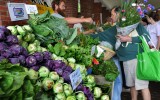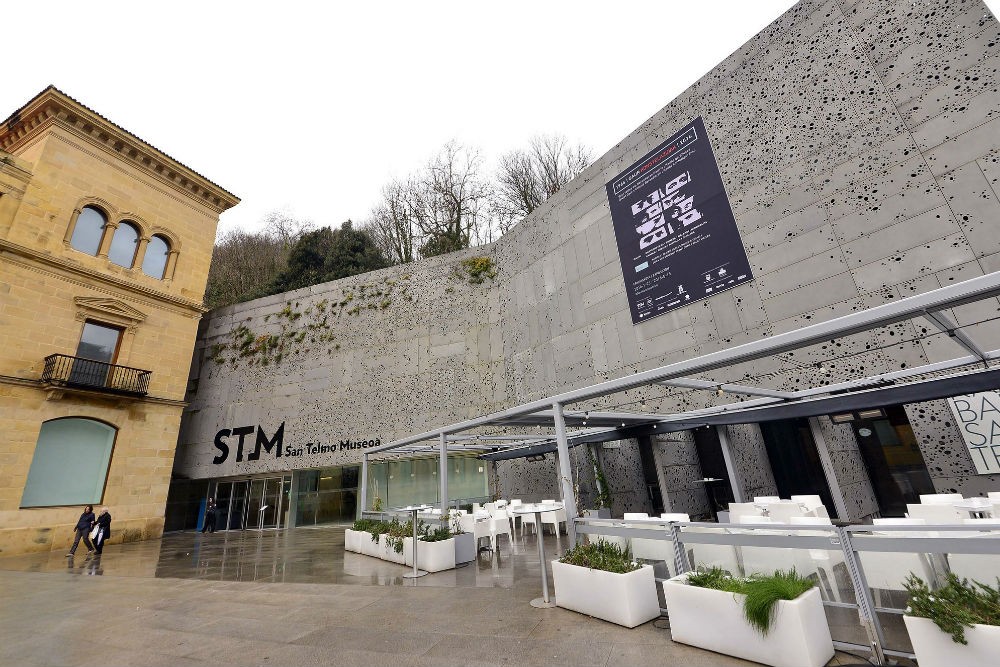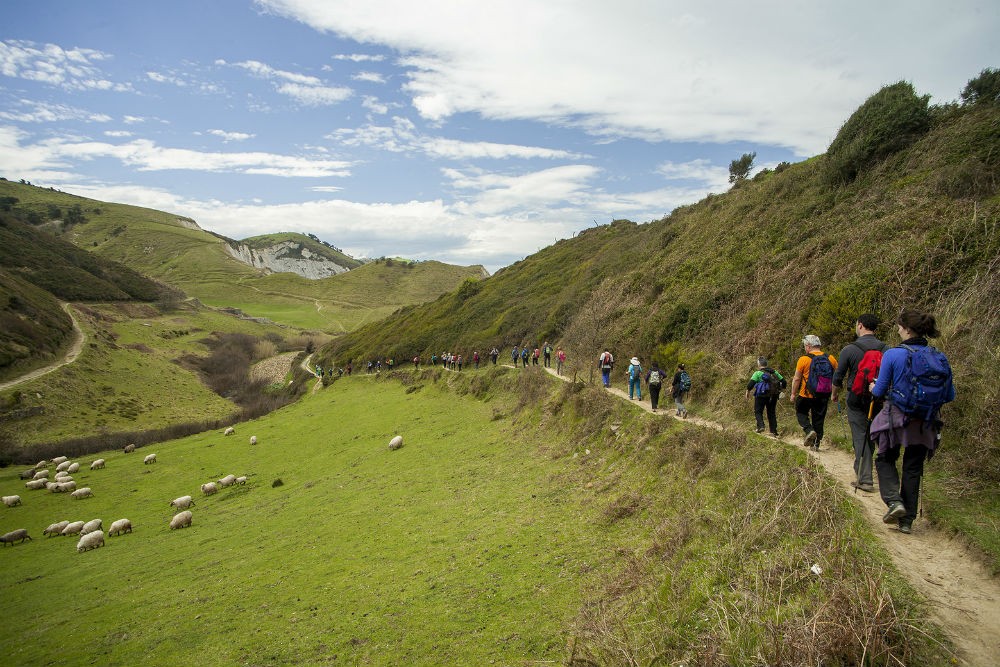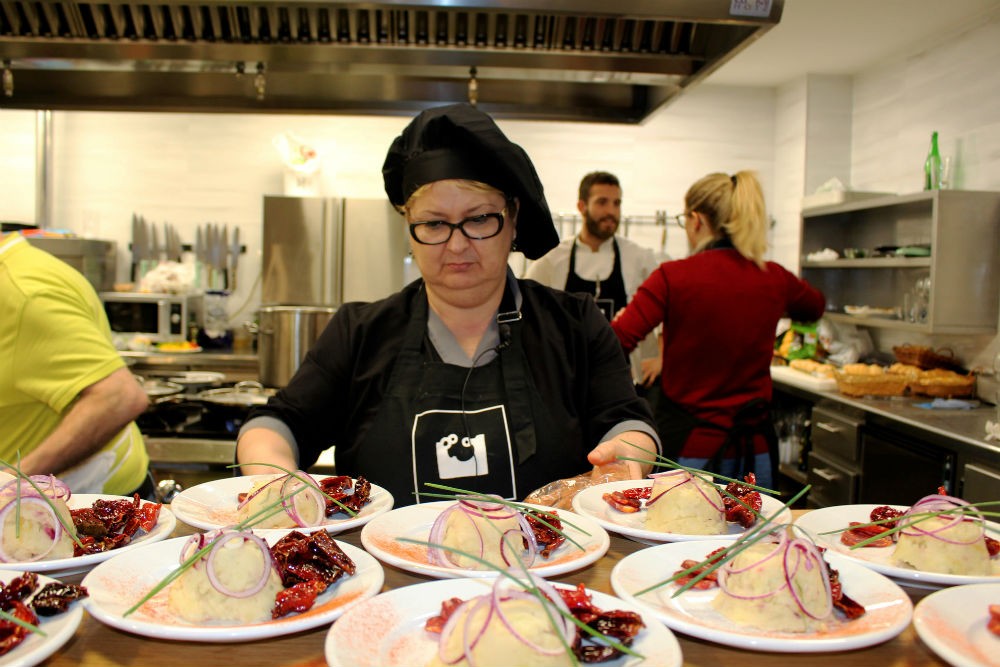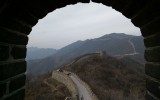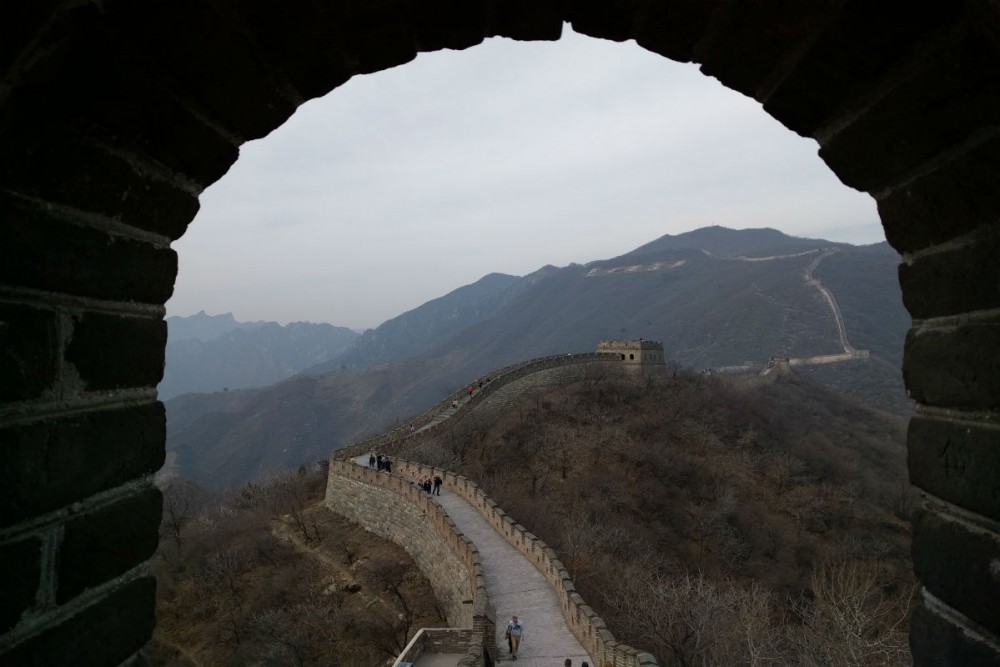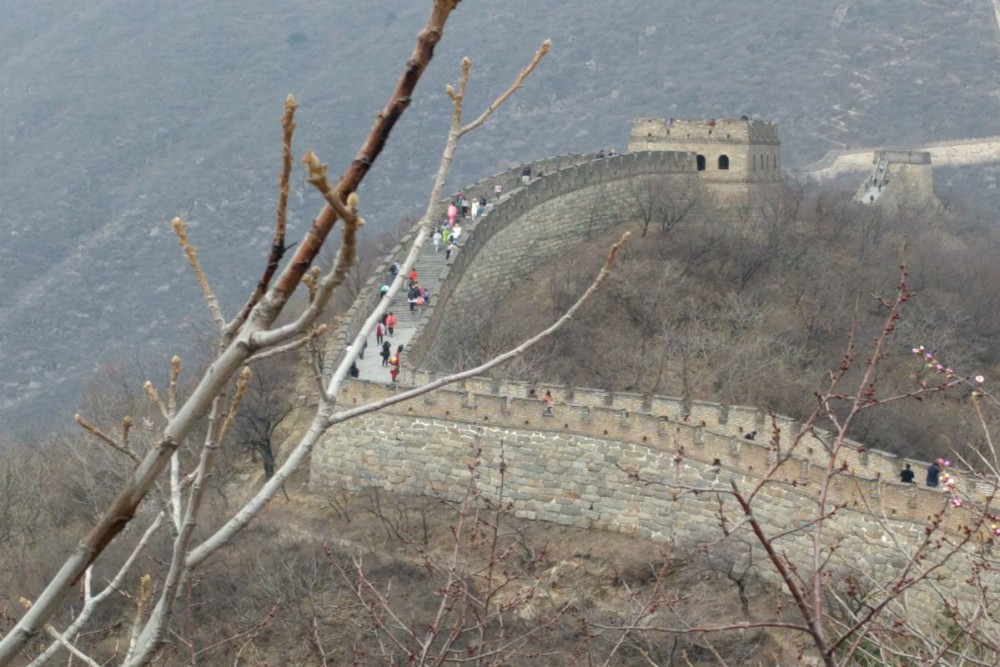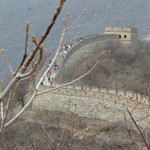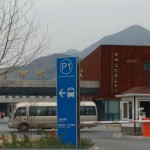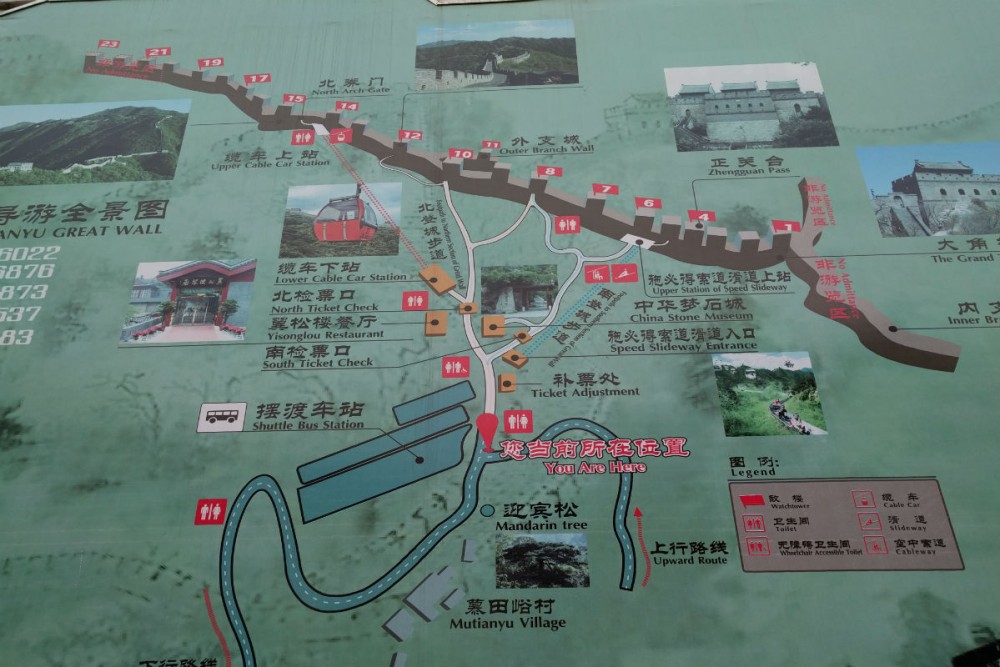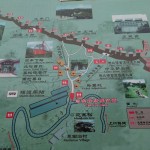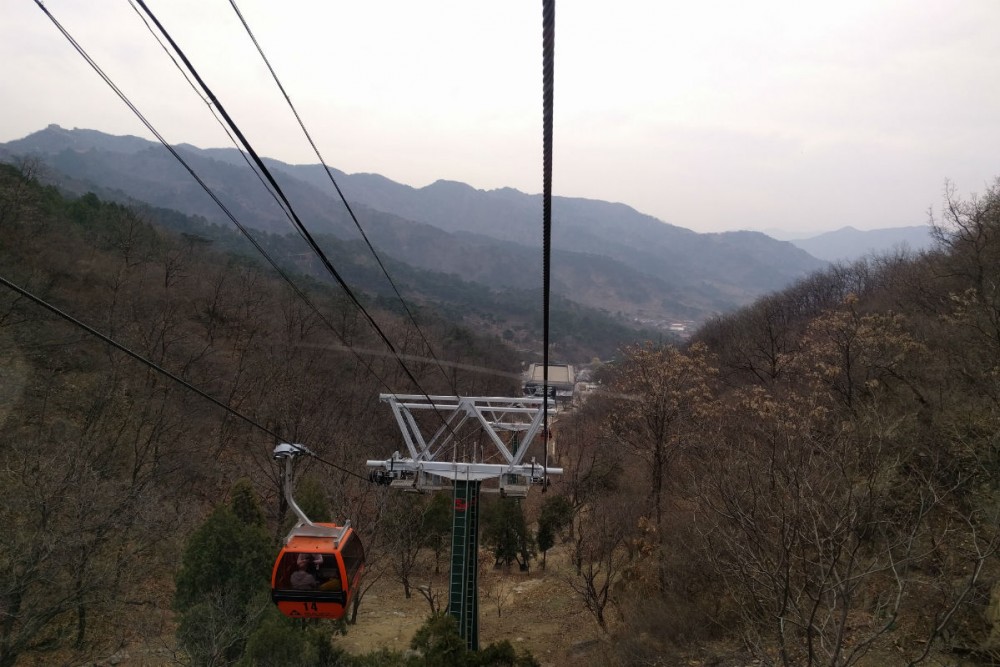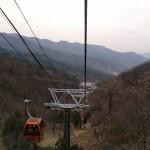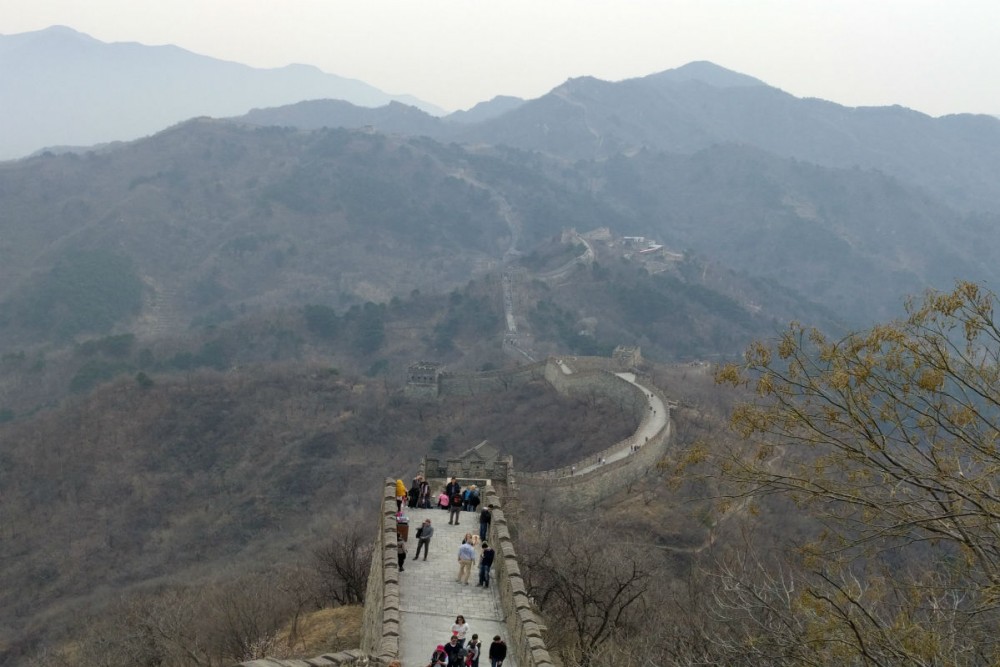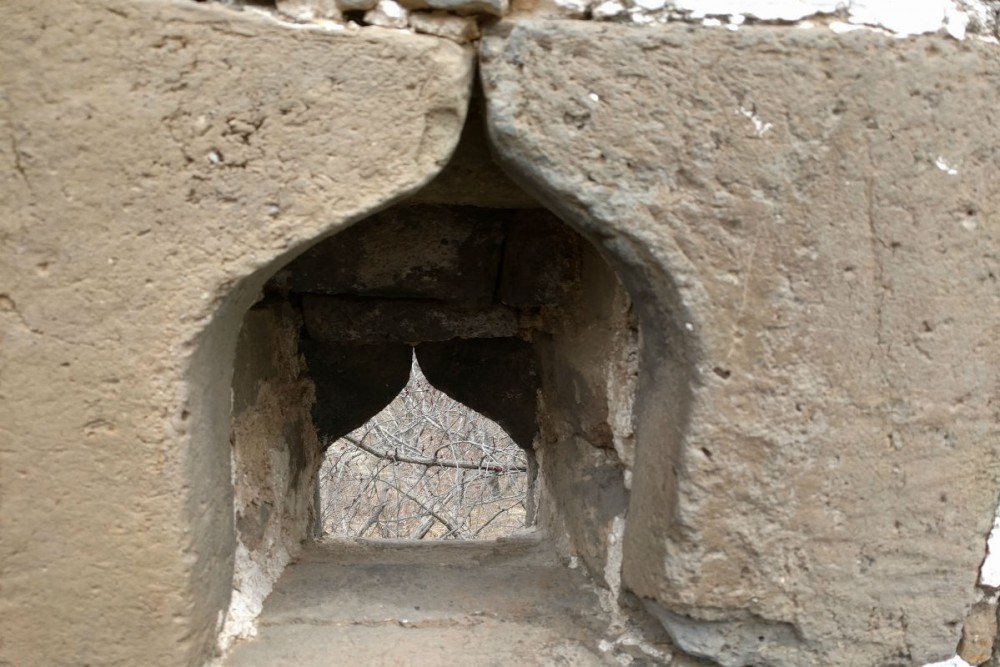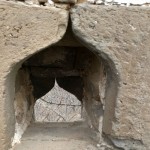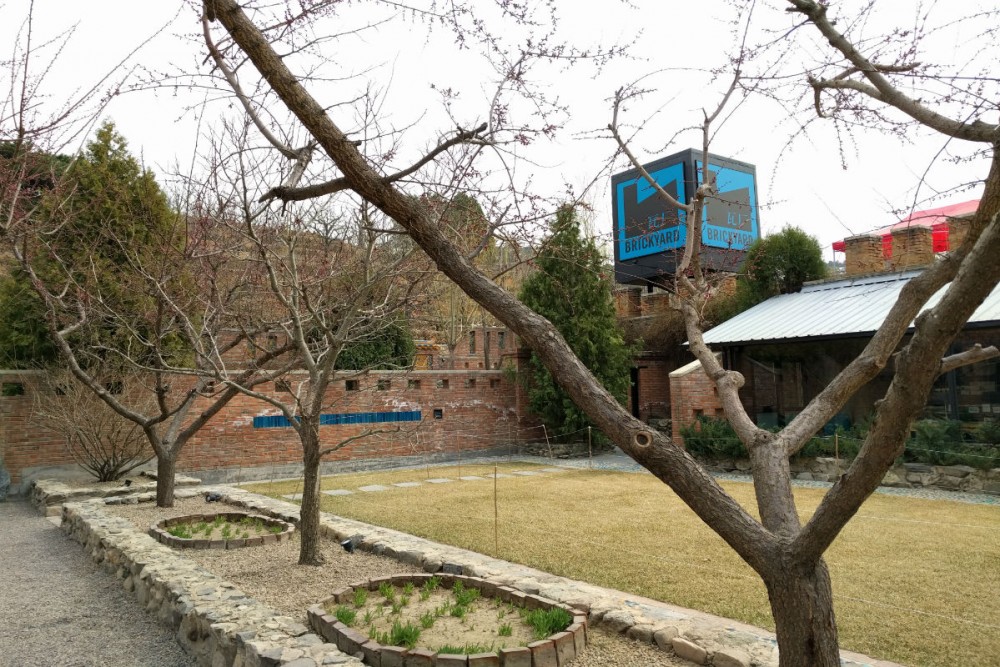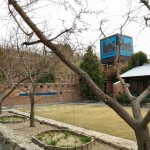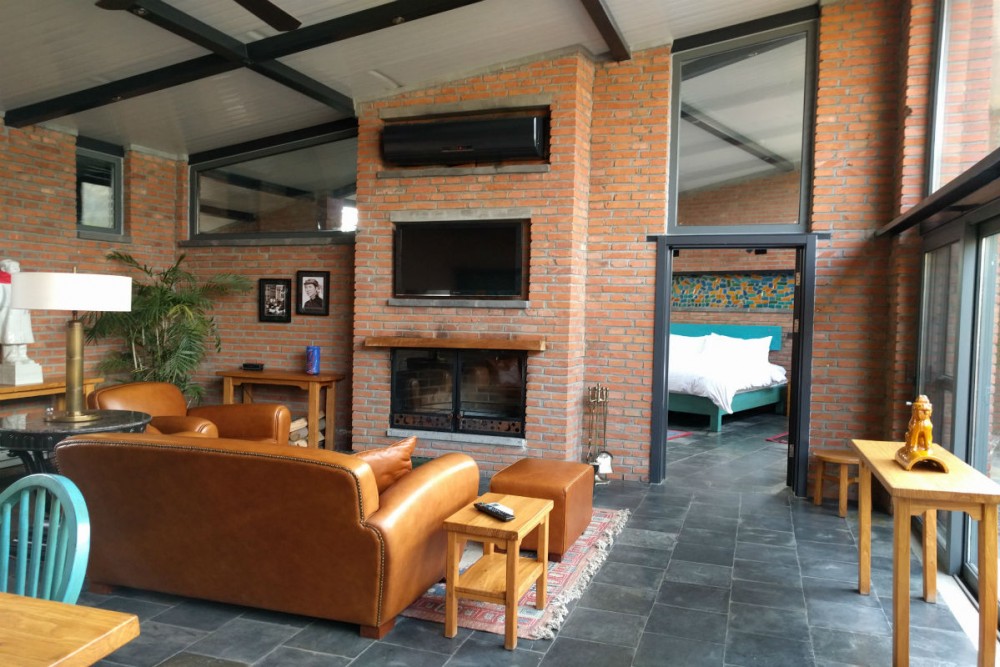For me, travel is best when I engage all of my senses. Wherever you are, step into a food market and this simply happens naturally. When you can recall a taste or an aroma, you’re also more likely to hold onto the memory. That’s why I remember blindly choosing a handful of French cheeses for an afternoon picnic in the Alps, knowing each would be delicious, and ogling the enormous fish caught that very morning at a pungent stall in Singapore. Each time I’ve strolled into a food market abroad, I’ve gotten to talk to (or, in circumstances of language barriers, gesture at) local people going about their daily life, generally welcoming of but not kowtowing to tourists. And then, of course, there are the photo-worthy visuals: careful rows of flamboyant dragon fruits, racks of glistening pastries and just-baked breads, and salamis and ham hocks hung on butcher’s twine to dry.
Here are markets where you can see, touch, and smell the ingredients necessary for life in that corner of the world, and hear how the transactions between buyer and seller differ from place to place. Arrive hungry, of course, because there will be plenty to taste, too. Want to go even deeper? Our Trusted Travel Experts can arrange a market tour with a culinary expert or local chef.
Headhouse Square Farmers’ Market—Philadelphia, Pennsylvania
The Place: First established in 1745 (though under a different name), the Headhouse Farmers’ Market in Philly is a cook’s delight, with the city’s largest selection of locally made and grown produce, baked goods, meats, cheeses, and other specialty items.
Best Time to Go: The market is open 8am to 3pm every Sunday from May through December. Go before 11am for the best offerings (though sometimes there are events, such as cookbook signings with local chefs, later in the day).
Tastiest Treat: Pick up a box of handmade chocolates from John & Kira’s, or locally produced maple syrup from Spring Hills Farm.
—Paul Bennett, Trusted Travel Expert for Cultural City Tours
Mercado de San Ramon—San Ramon, Costa Rica
The Place: The town of San Ramon has a charming, laid-back atmosphere; older generations use the park and market (which sells tropical fruits, vegetables, and flowers) as a meeting spot to go over the coming week’s events. San Ramon is located between San Jose and the famous Arenal Volcano, so stopping here breaks up the drive between these two popular destinations quite nicely.
Best Time to Go: The market is open daily year-round, but is best on Fridays (12pm–6pm) and Saturdays (7am–12pm).
Tastiest Treat: Make sure to try the queso arollado (rolled cheese) or cajetas (a sweet coconut milk-flavored spread).
—Irene Edwards, Trusted Travel Expert for Costa Rica
Borough Market—London, England
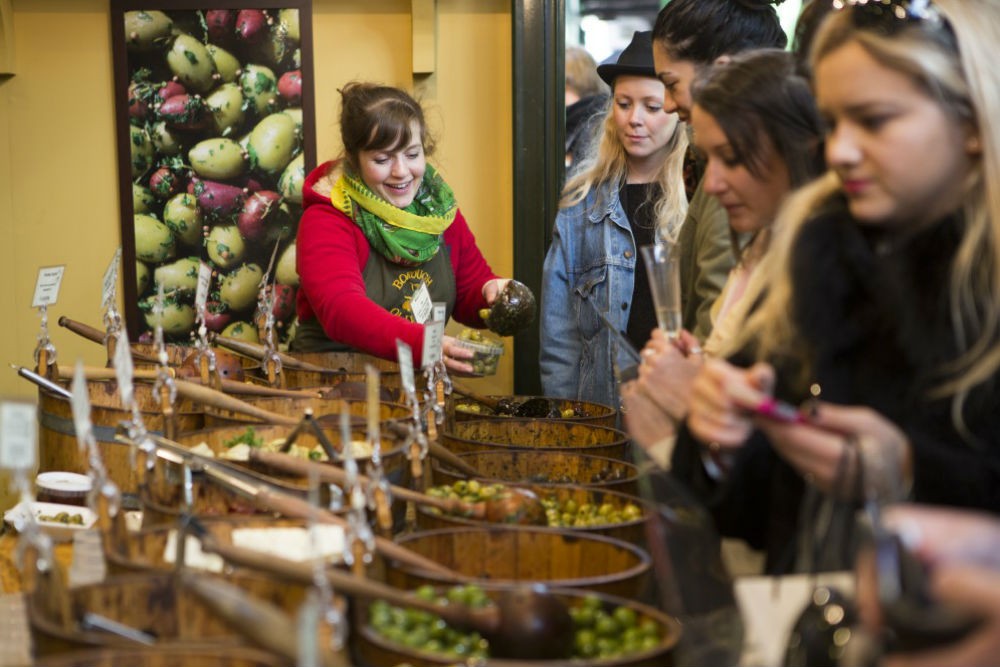
London’s Borough Market. Photo: Michael HeffernanLondon and Partners
The Place: With tons of vegetables, fish, craft foods, and incredible cheeses—all sold by lively stallholders eager to tell you all about the provenance of what they’re selling—Borough Market is a great place to learn about Britain’s organic food movement. Located in a Victorian glass-and-ironwork building, it is also very photogenic.
Best Time to Go: The market is open Wednesday and Thursday from 10am to 5pm, Friday from 10am to 6pm, and Saturday from 8am to 5pm; it’s closed on many holidays. Get there early; the later you arrive, the larger the crowds you’ll find.
Tastiest Treat: Cheese or terrific preserves and jams.
—Jonathan Epstein, Trusted Travel Expert for England, Ireland, and Scotland
The English Market—Cork, Ireland
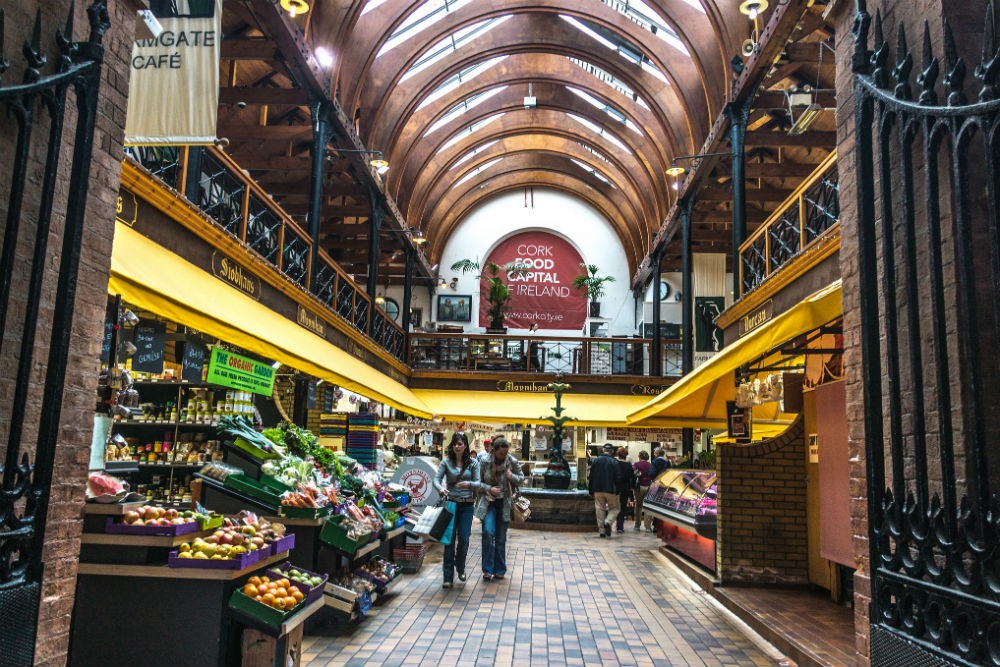
The English Market, Cork, Ireland. Photo: William Murphy/Flickr
The Place: The resurgence of the Irish food movement started in Cork, first with farmhouse cheeses in the 1970s, and a slew of restaurants spotlighting local produce in the 1980s; there is no better way to learn about the country’s culinary scene than in this covered market, which sells everything from fish and meat to locally made chocolate and cheese. (Wondering about the name? The market dates to the 18th century, when Ireland was still English.) When the Queen recently came to Ireland, this was one of her few stops.
Best Time to Go: The market is open from 8am to 6pm, Monday through Saturday. I like to go around lunchtime, either picking up a picnic of bread, cheese, and other things to snack on, or sitting down for a meal of the best Irish food you’ll find at the Farmgate Cafe. (The restaurant is not open for dinner.)
Tastiest Treat: I love the incredible selection of Irish chocolate. And make sure to learn about “buttered eggs.”
—Jonathan Epstein, Trusted Travel Expert for England, Ireland, and Scotland
Marché Notre Dame—Versailles, France
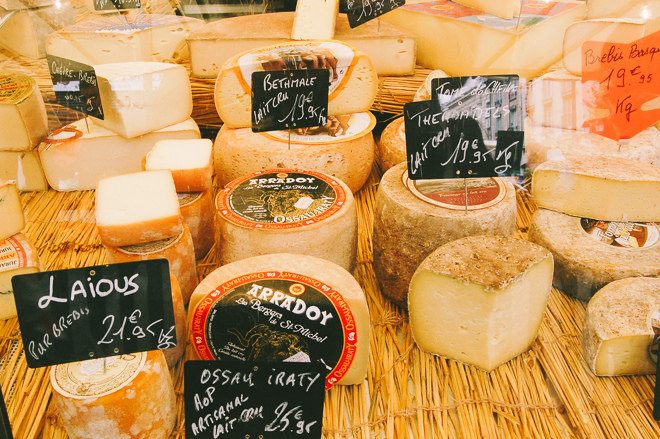
Notre Dame Market, Versailles, France. Photo: Paris Perfect
The Place: There’s more to Versailles than the royal palace and gardens. This market is one of the best in the entire region, and one of the largest too. Dozens of stalls sell their specialties, from local and exotic produce to artisan cheese, marinated olives, and colorful spices. The best part is, it’s not far from the palace and gardens, making it the perfect warm-up to a wonderful day of exploring.
Best Time to Go: The market is open on Tuesday, Friday and Sunday morning, from 7am to 2pm. The absolute best time to go is between April and October, when the weather is warm and the palace gardens are lush and green. Grab an assortment of fresh foods from the market in the morning, then after you’ve explored the palace, find a spot in the grass along the Grand Canal for a picnic.
Tastiest Treat: Make sure to try the crepes from the stand inside the southwestern corner section of the covered halls—they’re the best crepes I’ve ever tasted, and for mere pocket change! The owner coats her delectable, crispy-on-the-edges crepes and galettes in a generous helping of salted butter, making for a mouth-watering memory you won’t forget.
Montesanto-Pignasecca Market—Naples, Italy
The Place: Montesanto-Pignasecca market, located right in the heart of the city on Via della Pignasecca, is Naples‘ most ancient market, offering local produce from mozzarella to juicy tomatoes and fresh bread. It’s the biggest and best-supplied food market in the city center, and a very lively place, bustling with people and popular with locals since the prices are so low. You might hear the market before you see it: The voices of the barrow boys urging you to buy their goods echo down this very narrow street.
Best Time to Go: The market is open Monday through Saturday from 7am to around 2pm; I prefer to go in the morning, when it buzzes with locals doing their daily shopping and the produce is at its most fresh. The best fish comes in on Fridays, when many Italians adhere to Catholic doctrine and avoid eating meat.
Tastiest Treat: Suffice it to say, you’ll satisfy your taste buds on the spot. Naples is famous for its mozzarella made from water- buffalo milk. Another local cheese to try is Provola, produced in the area around Mt. Vesuvius from non-skimmed cow’s milk.
—Paul Bennett, Trusted Travel Expert for Cultural City Tours
Ortigia Food Market—Siracusa, Sicily
The Place: This open-air market is located in Ortigia, a small island connected to the mainland of Siracusa. It is the city’s historical center, filled with ancient ruins of Greek temples, Baroque churches, and Jewish ritual baths, with wide-open piazzas and breathtaking views of the sea. The market sells locally produced cheeses, fruits, vegetables, fish, herbs and spices, wine from all over the island—pretty much anything you might need to make the freshest Sicilian meal can be found here. Walking along, you will hear local fishmongers sing out the day’s offerings in Sicilian dialect, accompanied by an assistant wielding a guitar.
Best Time to Go: The market is open Monday through Saturday from 7am to 11am, year-round. We like to send travelers with our local culinary guide, collecting fresh ingredients and then preparing a lunch together.
Tastiest Treat: Pick up sun-dried tomatoes, capers, cheeses, and other local items to have vacuum packed and brought home to share with their friends and family.
—Marcello Baglioni, Trusted Travel Expert for Sicily
Olhão Market—Olhão, Portugal
The Place: Olhão’s two original market buildings sit side-by-side along the waterfront—the perfect location for the enormous variety of fish and seafood sold here, all straight off the boat. There is also fresh produce for sale. I love the ambiance and the authenticity here; at few other markets on the Iberian peninsula are you able to buy seafood straight from the people who caught it.
Best Time to Go: The market is open every day but Sunday. Go first thing in the morning, before it gets too crowded. If you can, visit in late fall, winter, or early spring, when there are far fewer tourists.
Tastiest Treat: Buy some Manna fish preserves from Conservera Do Sur; canned fresh tuna, scallops, mackerel, and anchovies are easy to carry and a treat once back home.
—Virginia Irurita, Trusted Travel Expert for Spain and Portugal
Nishiki Market—Kyoto, Japan
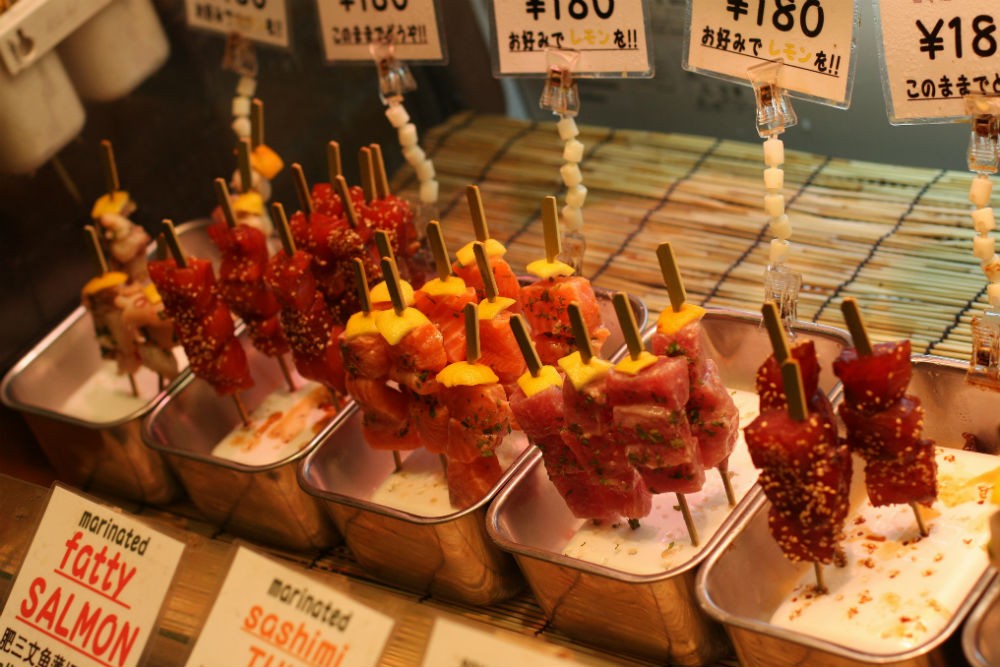
Nishiki Market, Kyoto, Japan. Photo: Jan/Flickr
The Place: Strolling through this market’s more than 100 shops, all packed into five blocks, is a truly immersive experience, and the best way to understand Kyoto’s culinary offerings and the city’s traditions. You’ll find pickled vegetables, Japanese tea sweets, miso, tofu, knives, cookware, sushi, freshwater fish, truffles, chestnuts, rice cakes, and sake. The market is a regular spot for both locals and tourists; some of the stores have been in the same family for centuries.
Best Time to Go: The market is open from 10am to 4pm everyday except Sunday (and is smaller on Wednesdays). Avoid 12pm to 2pm, when the lunch crowd rolls in.
Tastiest Treat: Take away some soy-milk donuts, which are cooked on the spot and served piping hot; they are slightly sweet and deliciously natural tasting—a far cry from most American donuts. For a more lasting souvenir, buy a handmade knife from one of the oldest knife shops in Japan; one of the docents who lead our Nishiki tours is a knife maker, who can advise you on your purchase.
—Paul Bennett, Trusted Travel Expert for Cultural City Tours
Mindil Beach Sunset Market—Darwin, Australia
The Place: The Mindil Beach Sunset Market gives visitors a taste of the uniquely Australian, relaxed, multicultural lifestyle enjoyed by Darwin locals. Among the nearly 200 stalls, food is the main attraction (from savory to sweet, the flavors of Thailand, Sri Lanka, Singapore, Malaysia, India, China, Turkey, Italy, Portugal, France, and Greece are there for the sampling, along with Northern Territory crocodile steaks and Aussie burgers) but you can also buy local crafts, from didgeridoos to barramundi-skin belts.
Best Time to Go: The market is open Thursdays (5pm–10pm) and Sundays (4pm–9pm) during the “dry season,” which runs from the last Thursday in April to the last Thursday in October. Come early enough to purchase the makings of a picnic and secure a great spot on the lawn, overlooking the beach, to watch the sun set over Darwin Harbor (B.Y.O. wine); sunset is usually around 6:30pm.
Tastiest Treat: Of the exotic options, I like the Indonesian satay, barbecued pork balls in a banh mi, or laksa. For Aussie fare, try the burger made of kangaroo, buffalo, or emu.
—Stuart Rigg, Trusted Travel Expert for Australia
Machane Yehudah Market—Jerusalem, Israel
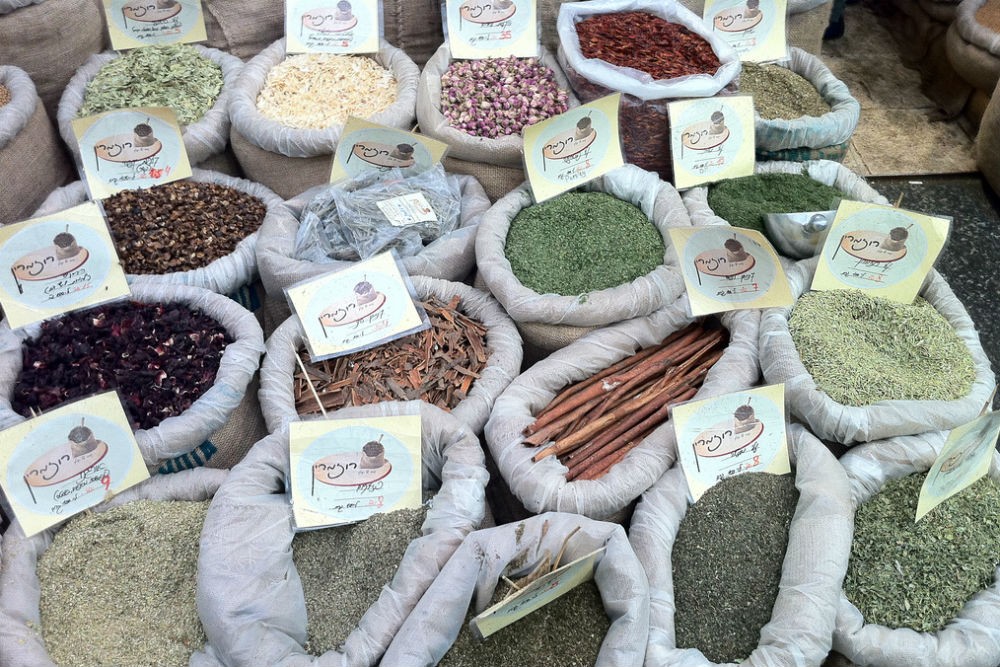
Mahane Yehuda Market, Jerusalem. Photo: Julien Menichini/Flickr
The Place: The Machane Yehudah Market (known locally as “The Shuk”) sells farm-fresh local produce, spices, Middle Eastern fare, and traditional Jewish food. Here you’ll find the best challah, chocolate rugelach, and cheese-and-spinach burekas right out of the oven, and tahini made right in front of you using a 500-year-old giant basalt-stone sesame crusher. Though the market has been a place to buy foodstuffs for decades, it’s recently been revitalized and now includes trendy bars and restaurants as well.
Best Time to Go: Arrive soon after 9:30am, when the delivery trucks have just departed. You’ll find the freshest food and fewest crowds on Monday; Friday is a half day and at its busiest and most colorful; on Sunday, most of the stalls get taken over by the most famous granola maker in all Israel, who dries his ingredients there.
Tastiest Treat: Kurdish-style red kube soup—a chicken soup with beets and either deep-fried breaded meatballs or Middle Eastern dumplings—is a market favorite.
—Joe Yudin, Trusted Travel Expert for Israel

